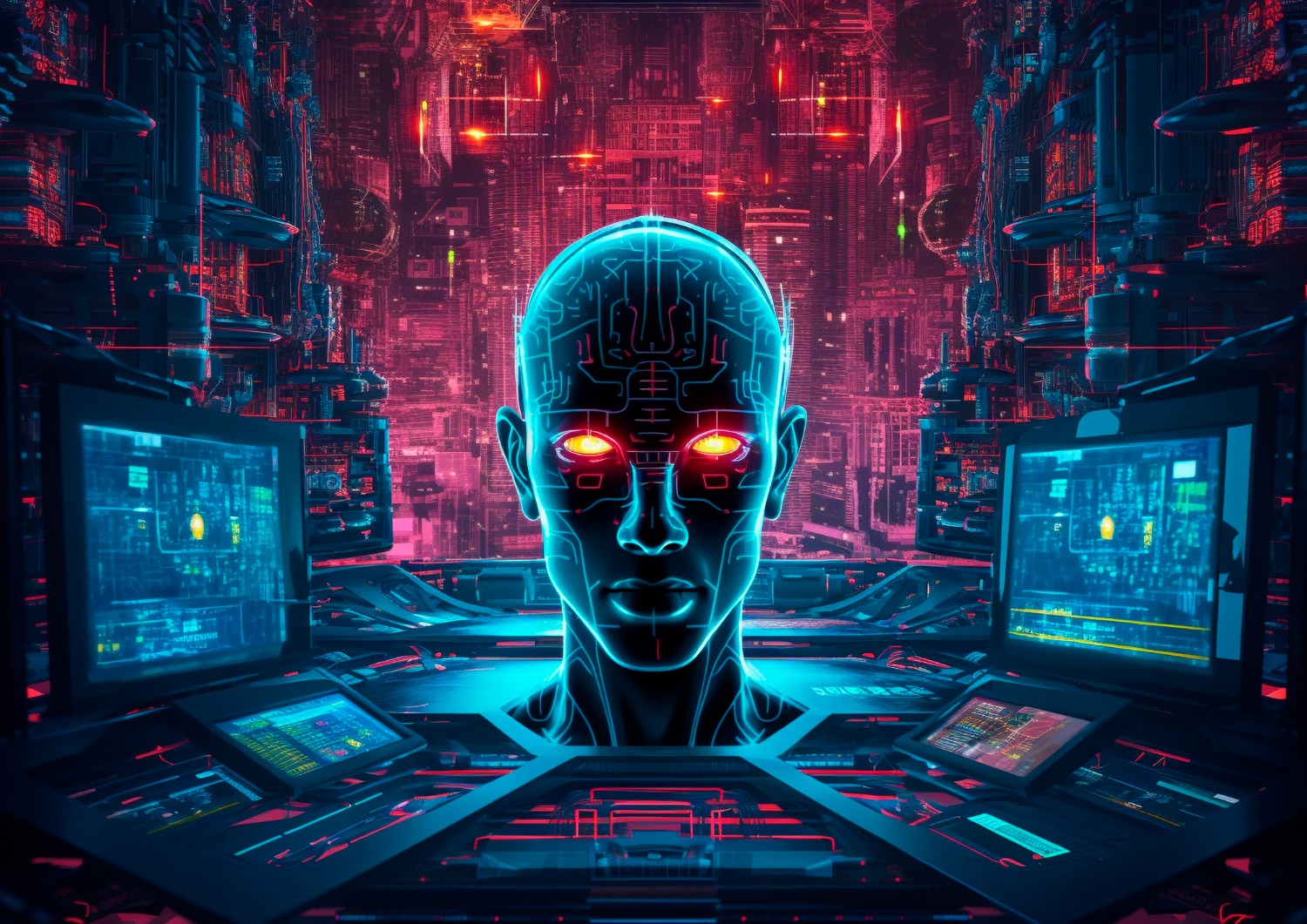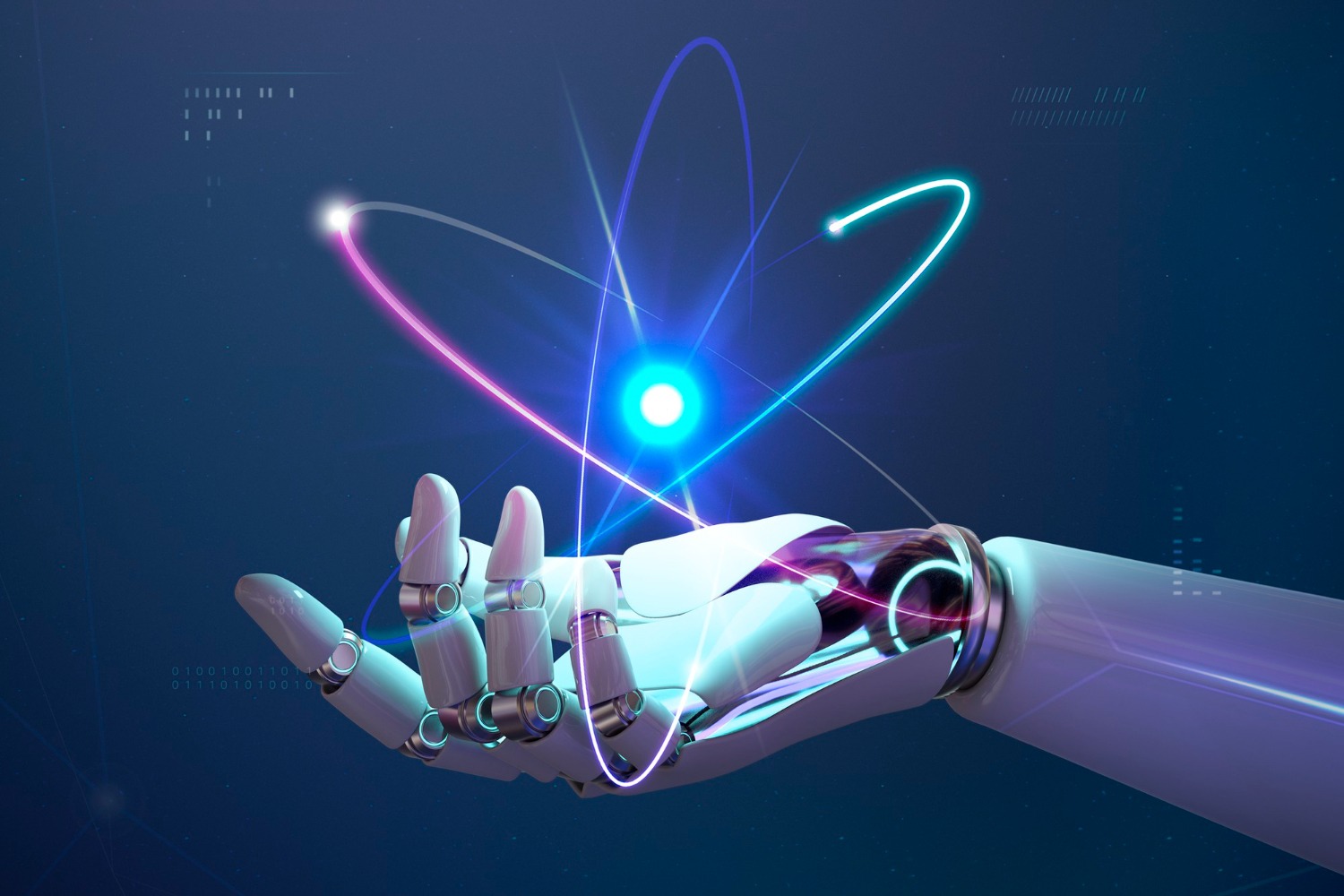Top Challenges and Opportunities in AI-Powered Cybersecurity
The growing reliance on AI in cybersecurity is driven by its ability to analyze vast amounts of data, identify patterns, and respond to threats in real-time. Yet, as organizations integrate these advanced systems, they face significant hurdles, including the risk of algorithmic bias, the need for robust ethical guidelines
The challenge of maintaining transparency in AI-driven decision-making processes. Moreover, the emergence of multi-agent AI systems introduces new complexities in both offensive and defensive cyber strategies.
Cybersecurity is a constant arms race between defenders and attackers, and artificial intelligence (AI) has emerged as a powerful tool to tip the scales. While AI offers innovative ways to enhance cybersecurity, it also brings challenges that demand attention. This article explores the top opportunities and challenges in AI-powered cybersecurity.
Opportunities in AI-Powered Cybersecurity
- Enhanced Threat Detection
AI excels in identifying patterns and anomalies within large datasets. This capability is transforming cybersecurity by enabling faster and more accurate threat detection.- Behavioral Analysis: AI algorithms can analyze user behavior to detect unusual activities, such as unauthorized access or data transfers.
- Real-Time Alerts: Machine learning models can identify potential threats in real-time, reducing response times and minimizing damage.
- Advanced Malware Detection: AI-powered tools can uncover new malware variants by analyzing their code and behavior, even before they are officially classified as threats.
- Proactive Defense Mechanisms
Unlike traditional reactive cybersecurity approaches, AI enables proactive defense strategies.- Predictive Analytics: AI can anticipate potential attacks by analyzing trends and threat intelligence, allowing organizations to take preventive measures.
- Automated Responses: AI systems can autonomously isolate infected devices or block suspicious traffic without waiting for human intervention.
- Adaptive Security: AI systems can adjust security protocols dynamically based on evolving threats, offering continuous protection.
- Improved Security for IoT Devices
The proliferation of Internet of Things (IoT) devices has expanded the attack surface for cybercriminals. AI is critical in securing these interconnected devices.- Traffic Monitoring: AI can monitor and analyze network traffic from IoT devices, identifying unusual patterns that may indicate a compromise.
- Device Authentication: AI-based solutions can enhance authentication methods, ensuring that only authorized devices access networks.
- Cost Efficiency
Cybersecurity budgets are often strained, but AI can help optimize costs.- Reduction in Manual Effort: Automated threat detection and response reduce the need for manual monitoring, freeing up human resources for strategic tasks.
- Scalability: AI systems can handle growing amounts of data and threats without requiring proportional increases in resources.
Challenges in AI-Powered Cybersecurity
- Adversarial AI
Cybercriminals are leveraging AI to develop sophisticated attacks, leading to an AI arms race.- AI-Driven Attacks: Hackers can use AI to create more advanced malware, phishing scams, and social engineering tactics.
- Adversarial Machine Learning: Attackers may exploit vulnerabilities in AI models, feeding them false data to manipulate outcomes or evade detection.
- Data Dependency and Quality
AI models rely heavily on high-quality data for training and operation.- Data Scarcity: Inadequate or biased datasets can lead to inaccurate threat detection, creating blind spots in security.
- Data Privacy Concerns: Collecting and analyzing data for AI poses privacy risks, particularly when dealing with sensitive or personal information.
- False Positives and Negatives
AI systems are not infallible and can make mistakes that impact cybersecurity.- False Positives: Overly cautious AI systems may flag legitimate activities as threats, causing disruptions and reducing trust in the technology.
- False Negatives: On the other hand, AI may fail to detect certain threats, leaving organizations vulnerable to undetected breaches.
- Complexity and Integration
Implementing AI in cybersecurity can be a complex and resource-intensive process.- Integration Challenges: Many organizations struggle to integrate AI solutions into their existing cybersecurity frameworks.
- Skill Gaps: AI requires expertise in data science and machine learning, skills that are often in short supply within IT teams.
- Cost and Accessibility
While AI can optimize costs in the long term, initial investments can be prohibitive.- High Costs: Developing, deploying, and maintaining AI systems often requires significant financial resources.
- Accessibility Issues: Smaller organizations may struggle to afford or implement AI-powered cybersecurity solutions, widening the gap between large and small enterprises.
Balancing the Opportunities and Challenges
To harness the full potential of AI in cybersecurity, organizations must address its inherent challenges while leveraging its strengths. Key strategies include:
- Investing in Research and Development: Continuous innovation is essential to stay ahead of adversarial AI and other emerging threats.
- Collaboration Across Industries: Sharing threat intelligence and best practices can strengthen the global cybersecurity community.
- Regulatory Compliance: Establishing clear guidelines and standards for AI in cybersecurity can mitigate risks related to data privacy and misuse.
- Upskilling the Workforce: Training IT teams in AI and machine learning will ensure they can effectively implement and manage AI solutions.
The Future of AI in Cybersecurity

The future of AI-powered cybersecurity is promising, with advancements in areas like quantum computing, blockchain integration, and ethical AI practices. These innovations will enhance the capabilities of AI systems, making them more robust, reliable, and accessible.
However, the AI arms race will likely intensify, requiring continuous vigilance and innovation. Organizations that proactively adopt AI while addressing its challenges will be better equipped to protect themselves in an increasingly digital world.
Conclusion
AI is transforming cybersecurity by offering unparalleled opportunities for enhanced threat detection, proactive defense, and cost efficiency. However, it also introduces challenges such as adversarial AI, data dependency, and integration complexity. By striking a balance between these opportunities and challenges, organizations can build resilient cybersecurity frameworks that safeguard their operations and data in an era of sophisticated threats.




